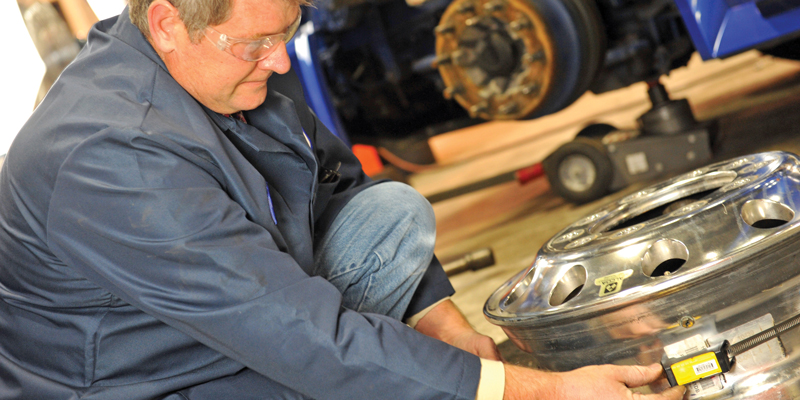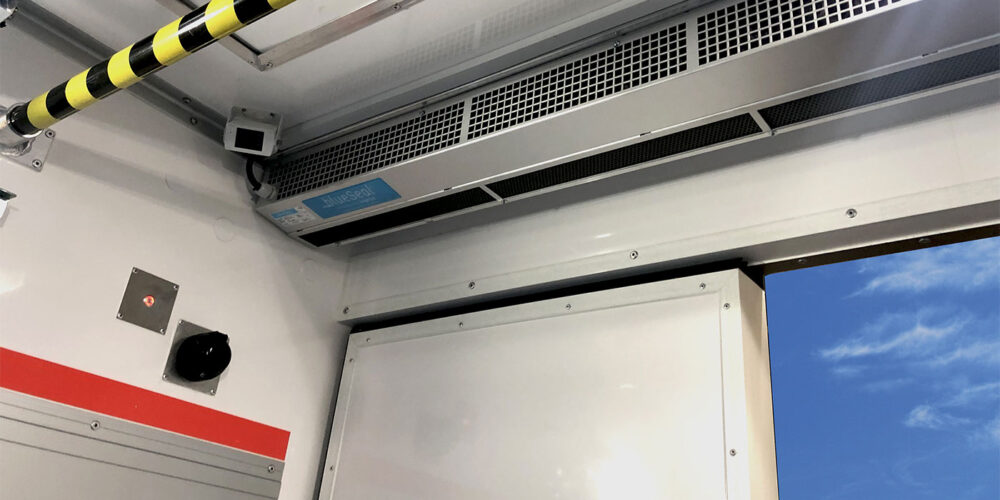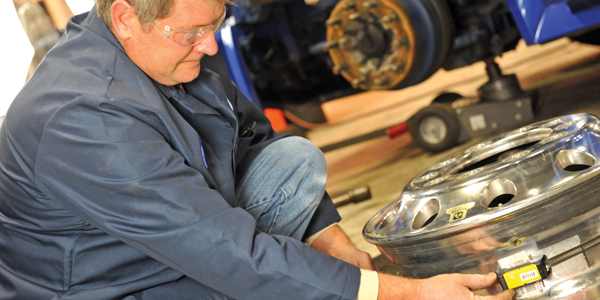
One of the biggest culprits behind tire costs, if not the biggest, is improper inflation, which is why many fleets turn to technology to help avoid these problems and save money and time.
So, why is it important to keep track of trailer tire pressure? To be blunt about it: Your tires running with either too much or too little PSI will cost you money.
“Having air in your tires is just as important as having fuel in your tank,” says Jim Sharkey, vice president of sales and marketing for Pressure Systems International (P.S.I.).
These numbers make the case for the importance of proper inflation
- According to Judith Monte, vice president of marketing and customer experience for Aperia Technologies, Aperia’s research indicates that just 28% of commercial vehicle tires are operating at their target inflation pressure, a statistic that drops to 17% during winter months.
- Running on a tire that’s underinflated by as little as 10% can reduce fuel economy by 1.5%, while 20% underinflation can shorten tire life by 30%, according to the ATA’s Technology & Maintenance Council
. - Additionally, shares Jon Intagliata, product manager for TPMS at Bendix Commercial Vehicle Systems, industry studies show that about 90% of tire blowouts are caused by underinflation.
- Inflation issues also affect the tire’s
retreadability . According to Peggy Fisher, president of TireStamp Inc., at 15% underinflated, an 8% drop in tread mileage can be expected. Since underinflated tires flex more as the tire rolls through its footprint, the steel cords in the sidewall fatigue and eventually break. Excessive heat will develop that deteriorates the tire, which then fails prematurely. A constant 20% underinflation decreases the life of the tire by 30%. In the case of a 40% underinflation condition, the decrease is around 50% and the tire is notretreadable .
Overinflation should be watched out for as well, as this can cause issues of its own, such as irregular wear.
A matter of even a few PSI can be a big deal. “The more miles
These problems can be more common in trailer tires, as inflation issues there will be less noticeable to the driver.
“Drivers don’t ‘feel’ air pressure in trailer tires like they do tractor tires, especially the steer tires, so they tend to be neglected,” P.S.I.’s Sharkey notes. “Also, drivers are focused, and incentivized, on driving the most miles possible utilizing their limited hours of service. Having a tire that is underinflated is typically not a big concern for them.”
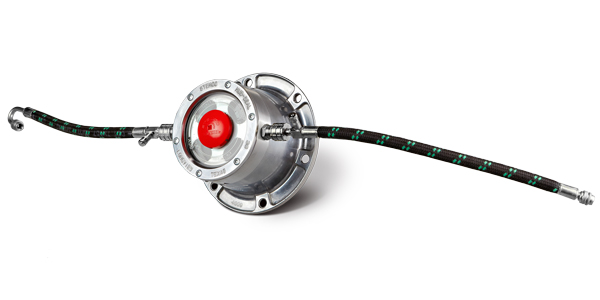
TPMS and ATIS
Tire pressure management technology takes two forms: tire pressure monitoring systems (TPMS) and automatic tire inflation systems (ATIS). TPMS monitor inflation levels and provide alerts if it gets too high or low in a given tire (or in some cases if the tire gets too hot); ATIS inflate the tire automatically when the system senses that this is needed.
Experts surveyed by Fleet Equipment indicated that roughly 60% to 70% of trailers on the road today use some form of TPMS or ATIS.
Depending on what happens with Greenhouse Gas (GHG) Phase 2 regulations, this number may increase, as one of the ways to meet the requirements for compliance is through proper tire inflation.
The trailer regulations were due to go into effect in 2018 but are currently on hold, except in California, which will be putting them into place this coming January. But if and when they do go into effect throughout the rest of the country, the need for proper inflation, and thus the popularity of TPMS and ATIS, will likely increase
So, what’s in it for fleets that spec these systems
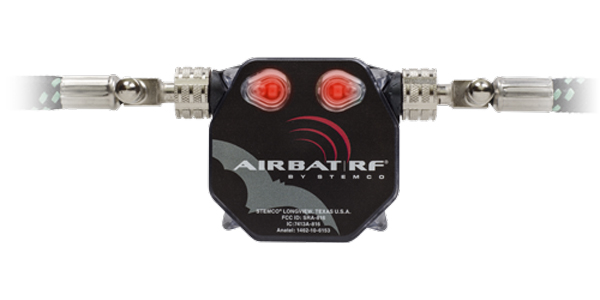
Aperia’s Monte notes that while tires are a significant expense and cause of downtime, they are within the fleet manager’s realm of controllable expenses, thanks to solutions like TPMS and ATIS.
“The ability to manage pressure across the tractor/trailer in
Federal Motor Carrier Safety Administration (FMCSA) and U.S. Environmental Protection Agency (EPA) studies show a 10% longer tire life with tire inflation systems, shares Howard Fromm, senior product manager for the Meritor Tire Inflation System (MTIS). He adds that with these systems, an FMCSA study found that there is a proven 1.4% average improvement in fuel economy per vehicle
According to Lee Alexander, category director for ITMS with Stemco, these types of solutions can “transform the economics and workflow of a fleet.
“When you factor in saving time, extending the life of
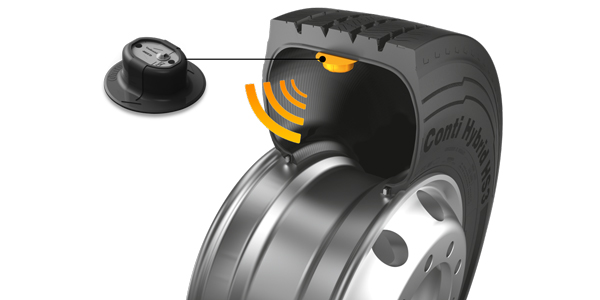
Better together?
While many may still think of TPMS vs. ATIS as an either/or situation, there
“TPMS, especially digital tire monitoring
“With digital tire monitoring, drivers and fleet managers are able to see real-time tire pressure and temperature,” she continues. “This could be complemented by an automatic tire inflation system which is able to add air to a damaged tire for a short period of time, enough for the driver to reach a safe service area rather than having to stop on the side of the road.
“We regularly see fleets adopting the ‘belt-and-suspenders’ approach of combining both TPMS and automatic inflation systems,” Bendix’s Intagliata notes, “because one downside of the latter is that it may not necessarily indicate whether it can keep up with the volume of air loss. It can cause further damage if a leak isn’t addressed.”
Many TPMS offerings are integrated with the truck’s telematics dashboard, making it much easier for the driver to spot a problem and tend to it
“Too often drivers jump in the truck in the morning and drag flat tires down the road until the ATIS can inflate them properly again, which could take about 45 minutes,” TireStamp’s Fisher. “This and constant inflation/deflation are not good for tires.”
An ATIS has to be used correctly—you can’t just equip the trailer with the system and then forget about it. This, she says, is where pairing ATIS with TPMS and the rest of the truck/trailer telematics system can help.
“The combination of ATIS, TPMS
Proper tire inflation is especially important with dual tires–read more about that here.

